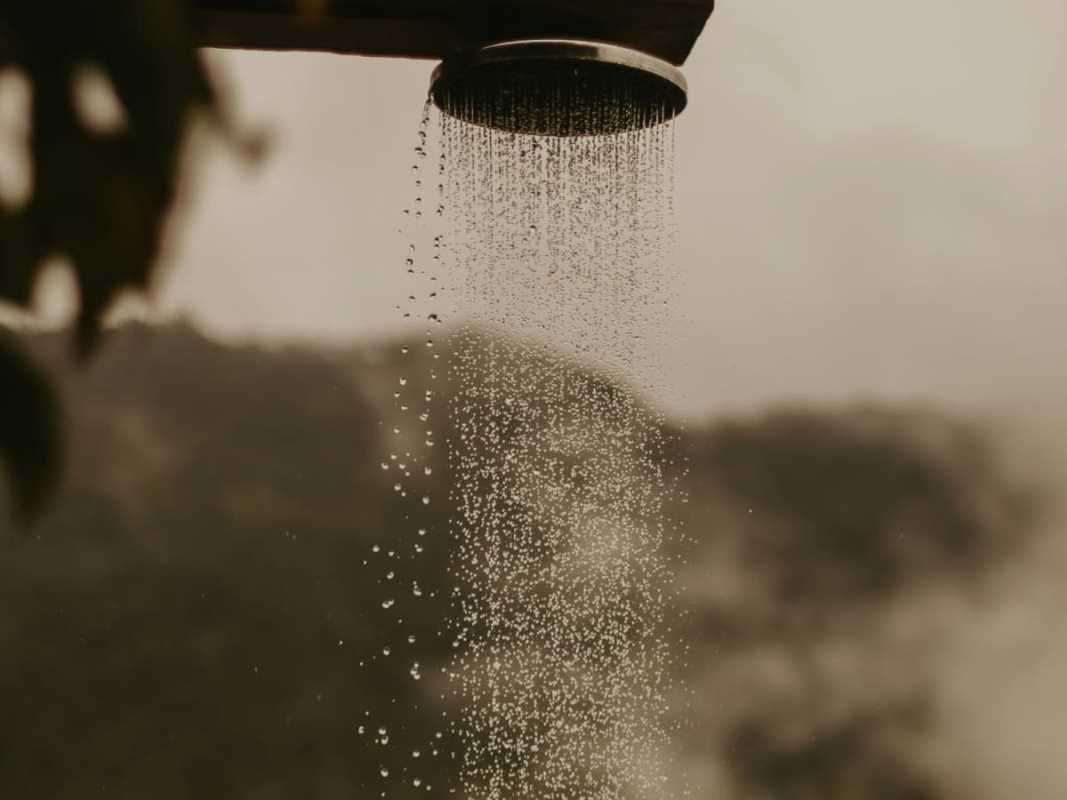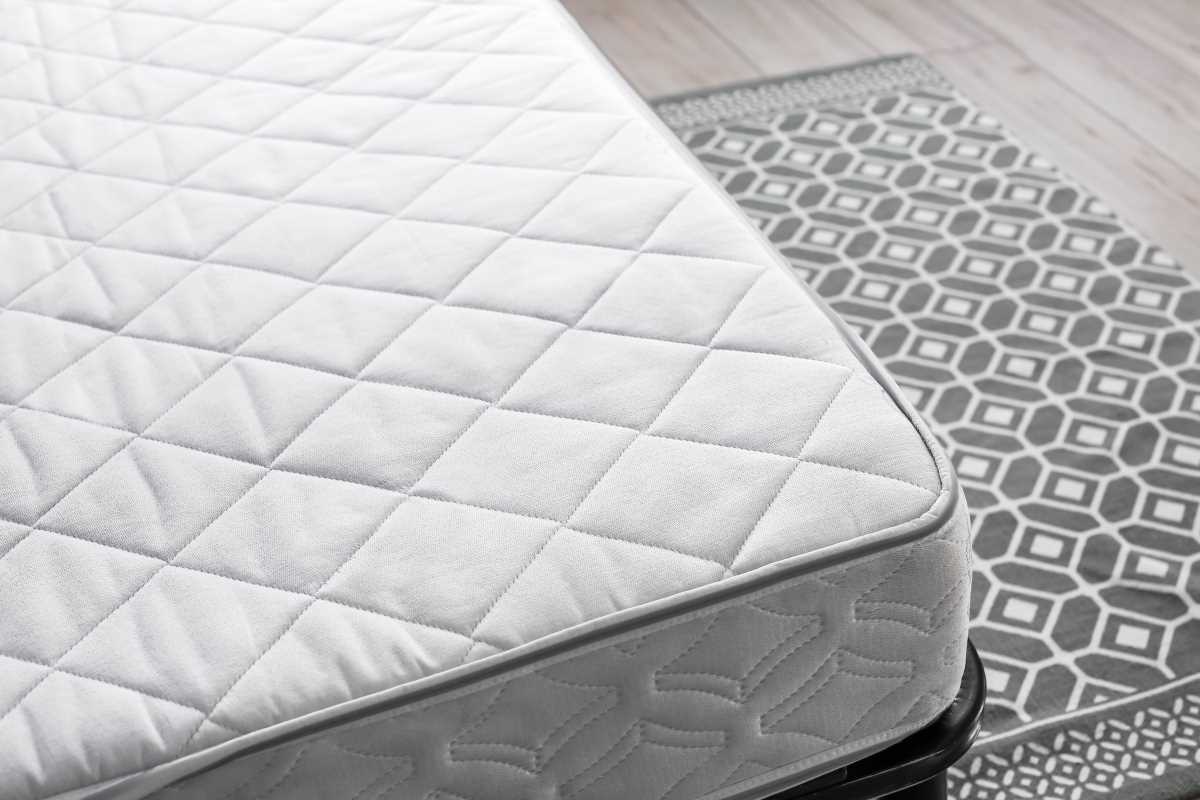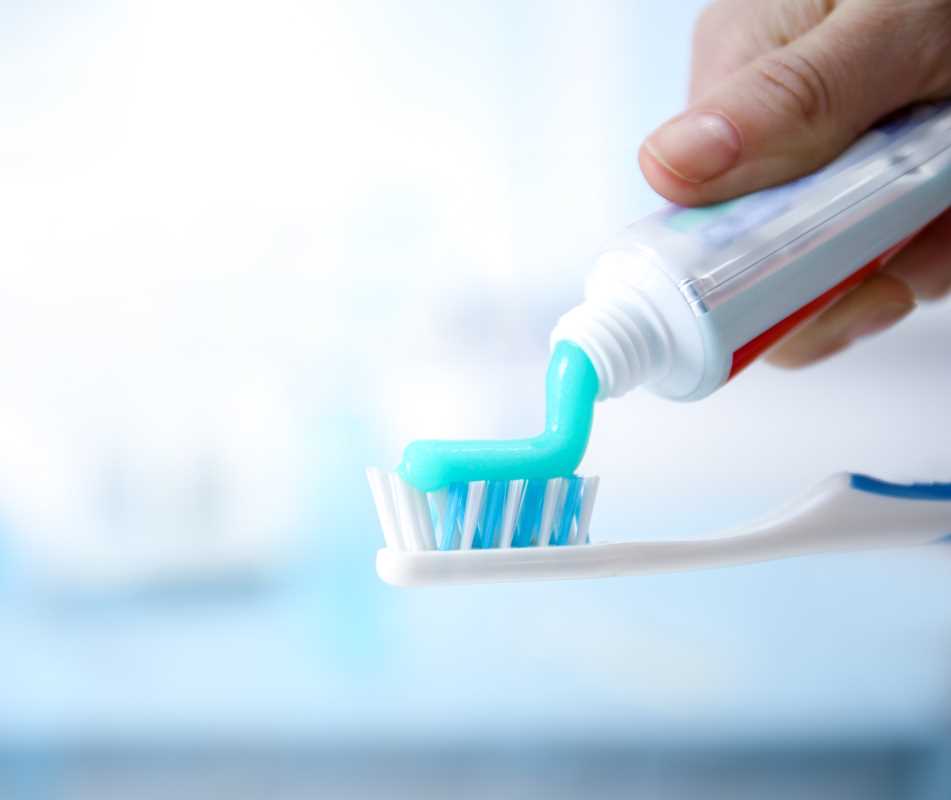Your daily shower is a ritual, a moment to wake up in the morning or unwind after a long day. Most people have a preferred water temperature, often leaning toward the hotter side for comfort and relaxation. You may not realize, however, that the temperature you choose has a significant impact on your skin's health. The sensation of a steaming hot shower can be deceiving. This pleasant warmth can strip your skin of its essential natural oils, leading to dryness, irritation, and a host of other issues. Understanding the science behind how water temperature affects your skin is the first step toward protecting its delicate balance. This guide will explore the effects of both hot and cold showers, helping you find the right temperature to keep your skin healthy and vibrant.
The Science of Your Skin's Protective Barrier
To understand how shower temperature affects your skin, you first need to know about the stratum corneum. This is the outermost layer of your skin, and it functions as a protective barrier. Think of it as a brick wall. The "bricks" are tough skin cells called corneocytes, and the "mortar" holding them together is a mix of natural oils and lipids, including ceramides, cholesterol, and fatty acids. This barrier has two main jobs: keeping water inside your body to maintain hydration and keeping harmful substances like pollutants, allergens, and bacteria out.
A healthy skin barrier is crucial for soft, supple, and resilient skin. It locks in moisture, preventing the dehydration that leads to flakiness and a tight, uncomfortable feeling. It also defends against environmental stressors that can cause inflammation, redness, and premature aging. The delicate lipid matrix is easily disturbed, and one of the most common culprits is hot water.
How Hot Water Damages Your Skin
A long, hot shower feels luxurious, but it can be one of the most damaging things for your skin's health. The high temperature of the water emulsifies and washes away the natural oils and lipids that make up your skin’s protective barrier. This process is similar to how hot water effectively cleans greasy dishes by breaking down the fats. Unfortunately, your skin needs those fats to stay healthy.
Stripping away these natural oils compromises the integrity of your skin barrier. With the "mortar" gone, the "brick wall" becomes weak and porous. This leads to a condition called transepidermal water loss (TEWL), where moisture escapes from the deeper layers of your skin into the air. The result is significant dehydration, leaving your skin feeling dry, rough, and itchy.
This damage also leaves your skin vulnerable. A compromised barrier cannot effectively protect you from external irritants. Soaps, fragrances, and even certain fabrics can penetrate the skin more easily, triggering inflammation and sensitivity. For individuals with pre-existing skin conditions like eczema or psoriasis, hot showers can be a major trigger, leading to flare-ups characterized by intense itching, redness, and discomfort.
The Problem with Prolonged Exposure
The duration of your shower matters just as much as the temperature. Spending an extended period under hot water compounds the damage. The longer your skin is exposed to high heat, the more of its protective oils are stripped away. This is why dermatologists often recommend limiting showers to no more than 10 to 15 minutes.
Over-showering, or taking multiple hot showers a day, can be particularly harmful. It puts your skin in a constant state of stress, never giving the barrier enough time to repair itself and replenish its lipid supply. This chronic damage can accelerate the signs of aging, as dehydrated skin is more prone to fine lines and wrinkles.
Are Cold Showers the Answer?
Given the negative effects of hot water, you might think that switching to cold showers is the perfect solution. Cold water does offer certain benefits for the skin. It does not strip away natural oils, so it helps preserve your skin's protective barrier and maintain hydration. The cool temperature can also have a vasoconstrictive effect, meaning it constricts blood vessels in your skin. This can help reduce puffiness and give your skin a temporarily tighter, more toned appearance. For those struggling with acne or inflammation, the anti-inflammatory properties of cold water can help calm redness and irritation.
However, cold showers are not a magic bullet. For one, they are not as effective at cleansing the skin. Warm water is better at opening up pores to allow for a deeper clean, helping to remove dirt, sweat, and bacteria that can accumulate throughout the day. While cold water can be refreshing, it may not leave you feeling as thoroughly clean.
Moreover, the shock of cold water can be uncomfortable for most people, making it a difficult habit to maintain. The goal is not to punish yourself but to find a sustainable routine that supports your skin's health.
Finding the Sweet Spot: The Benefits of Lukewarm Water
The ideal shower temperature for healthy skin is lukewarm. This means water that is not steaming hot but also not uncomfortably cold—typically somewhere between 98°F and 105°F (37°C to 40.5°C). This temperature range offers the perfect balance, providing the benefits of cleansing without causing the damage associated with hot water.
Lukewarm water is warm enough to help effectively clean your body. It helps to soften the skin and open pores slightly, allowing your cleanser to remove impurities without being harsh. At the same time, it is gentle enough that it does not strip away your skin’s essential oils. This preserves the integrity of your skin barrier, preventing dehydration and irritation. A lukewarm shower cleanses your skin while supporting its natural functions, making it the best choice for daily use.
Tips for a Skin-Friendly Shower Routine
Adopting a skin-friendly shower routine goes beyond just adjusting the temperature. Here are some practical steps you can take to protect your skin every time you wash.
Choose a Gentle Cleanser
The soap you use is just as important as the water temperature. Harsh, alkaline soaps can be extremely drying and further compromise your skin barrier. Look for a pH-balanced, hydrating cleanser that is free of sulfates and strong fragrances. Creamy or oil-based body washes are excellent options for adding moisture back into the skin while you cleanse.
Limit Your Shower Time
Keep your showers relatively short. Aim for a maximum of 10 to 15 minutes to minimize your skin's exposure to water and prevent excessive stripping of natural oils. This is especially important for anyone with dry or sensitive skin.
Pat, Don't Rub
After your shower, gently pat your skin dry with a soft towel. Aggressively rubbing your skin can cause friction and irritation, especially when your skin is in a vulnerable, post-shower state. Be gentle to protect the delicate surface of your skin.
Moisturize Immediately
This is one of the most critical steps for maintaining healthy, hydrated skin. Apply a moisturizer within three to five minutes of getting out of the shower. Your skin is most receptive to hydration when it is still slightly damp, as this helps to lock in moisture. Choose a moisturizer with ingredients like ceramides, hyaluronic acid, and glycerin to help repair the skin barrier and provide lasting hydration.







